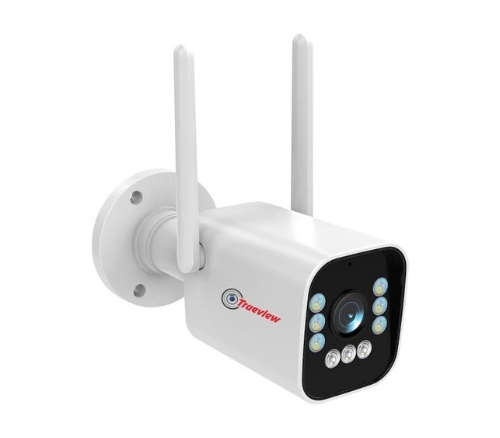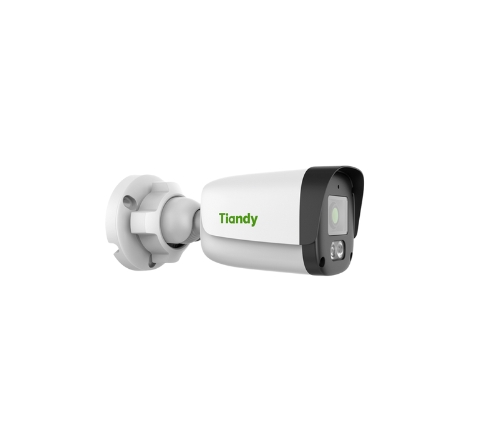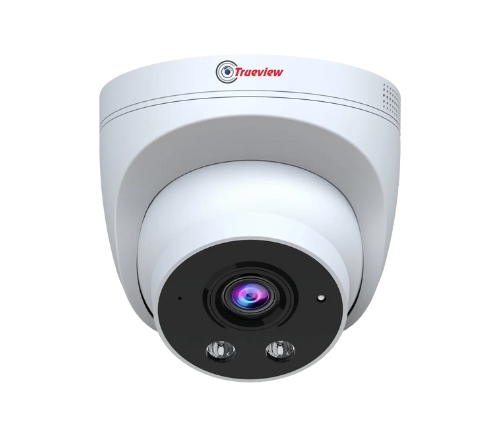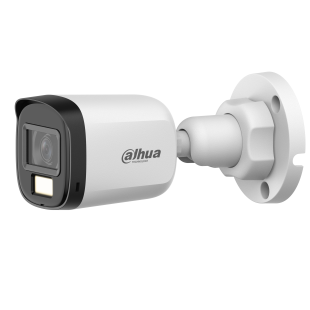
D-subminiature Connector (DNC)
Description
Pin Count: Typically ranges from 9 to 37 pins. Shell Sizes: Commonly available in sizes such as DB, DE, and DA. Material: Usually constructed from aluminum or zinc alloy with gold or tin plating. Contact Resistance: Typically ≤ 10 mΩ. Insulation Resistance: Usually ≥ 1000 MΩ. Operating Temperature Range: -55°C to +125°C. Voltage Rating: Generally up to 250 volts. Current Rating: Commonly up to 7.5 A per contact, depending on the configuration.
Key Features:
Versatile Configurations: Available in multiple pin configurations for various applications. Durable Design: Robust construction withstands harsh environments and mechanical stress. Secure Connection: Features positive locking mechanisms to prevent accidental disconnection. Shielding Options: Available with EMI/RFI shielding to enhance signal integrity. Easy Integration: Standardized size and pin arrangement allow compatibility with various devices.
Benefits:
High Reliability: Proven performance in critical applications due to durable materials and designs. Wide Applications: Suitable for data, power, and signal connections across numerous industries. Cost-Effective: Offers a balance of performance and affordability for industrial use. Easy Maintenance: Simple design allows for easy replacement and repairs. Standardization: Interoperability with numerous devices and systems.
Use Cases:
Telecommunications: Used for data transmission in communication equipment. Industrial Automation: Connects sensors, actuators, and control systems in manufacturing environments. Aerospace and Defense: Reliable connections in avionics and military equipment. Computing: Commonly used in PCs and peripherals for video, audio, and power connections. Medical Devices: Ensures reliable connectivity in diagnostic and therapeutic equipment.
Considerations:
Pin Count Requirements: Select the appropriate pin configuration based on application needs. Environmental Factors: Consider the operating environment, including temperature and exposure to elements. Cable Management: Ensure proper routing and strain relief to prevent wear and damage. Regulatory Compliance: Verify that the connectors meet industry-specific standards (e.g., RoHS, IPC). Cost vs. Performance: Balance the need for durability and cost when selecting connectors for your application.
If you have specific questions or need assistance with features, feel free to ask!




